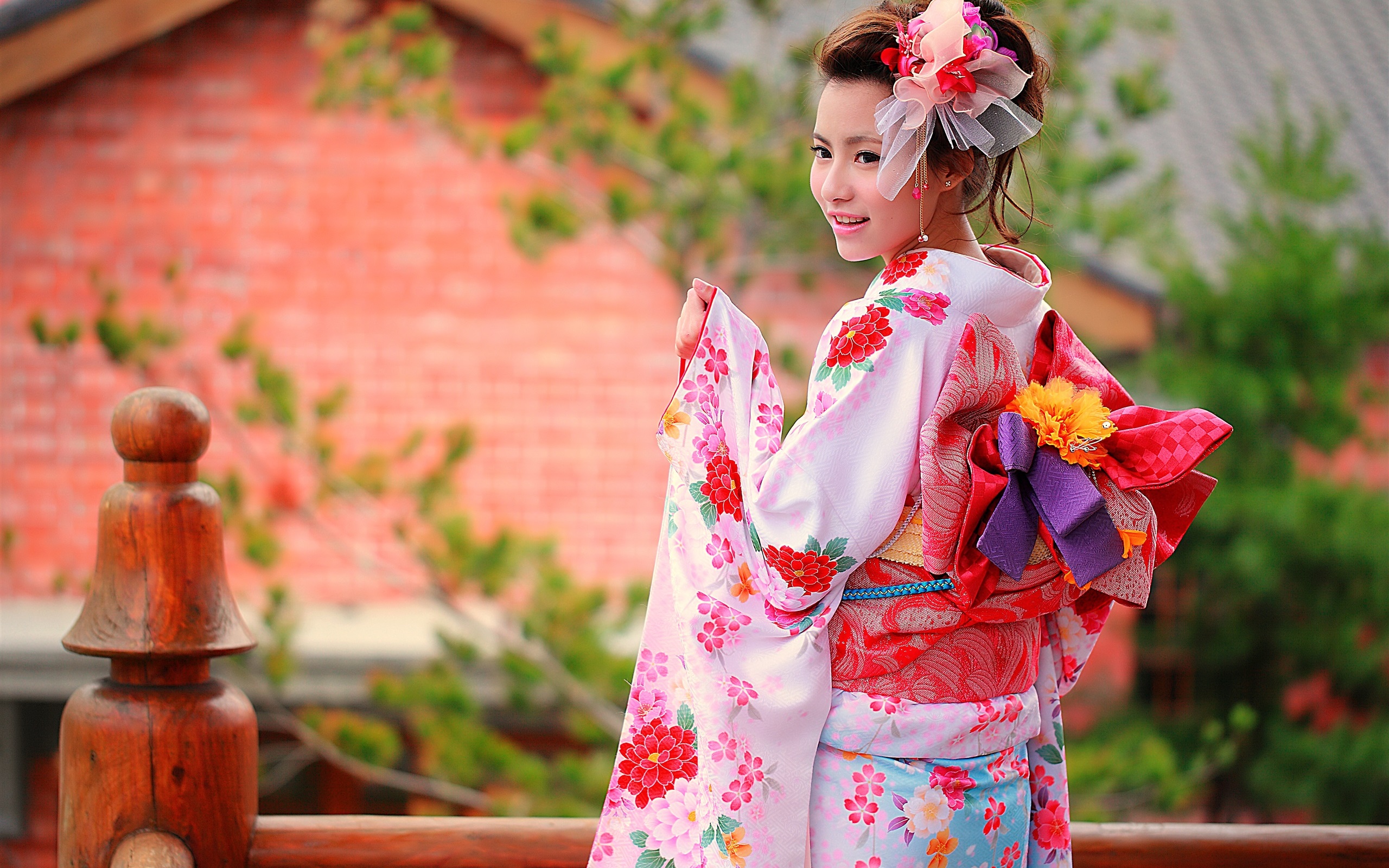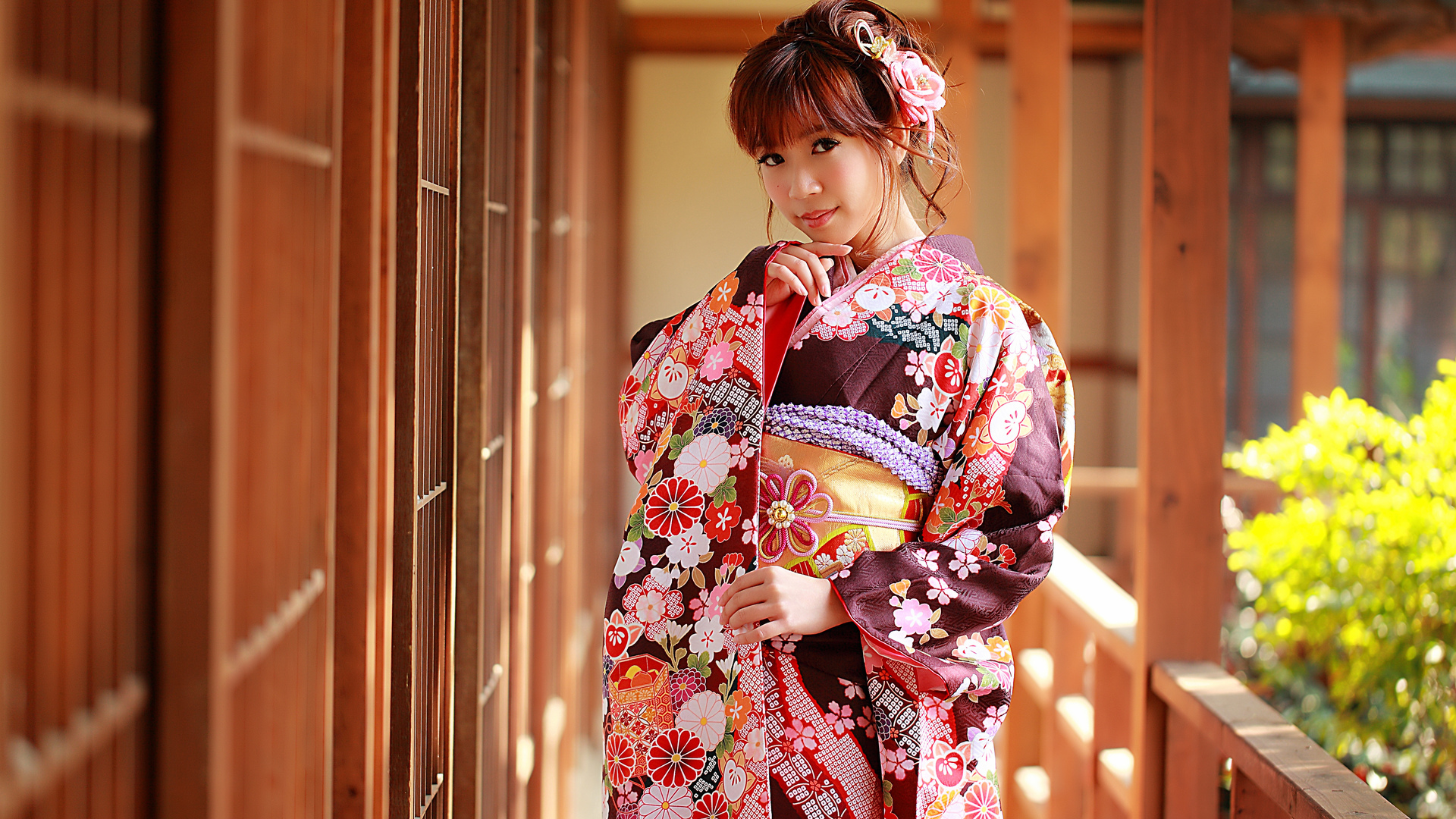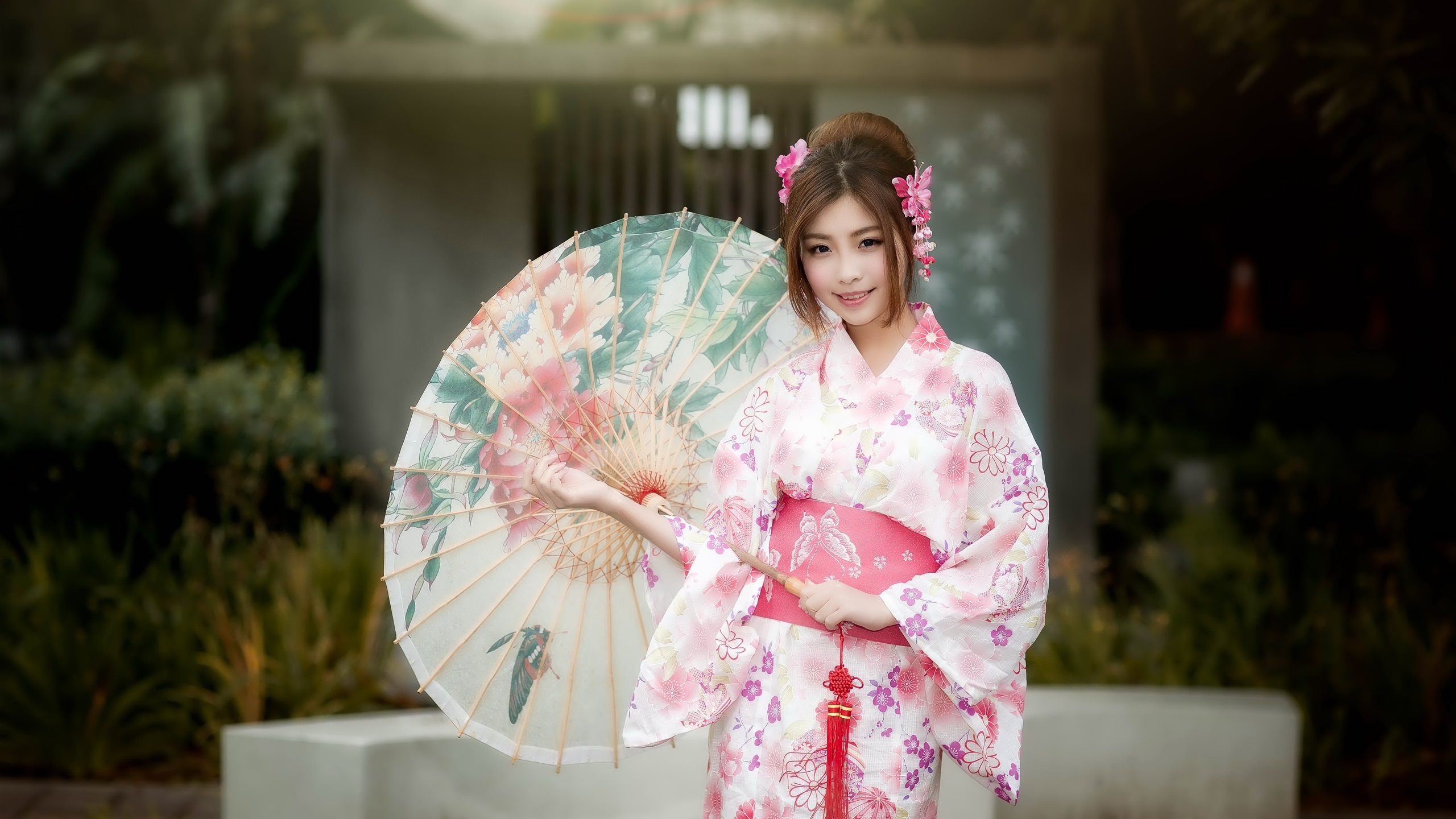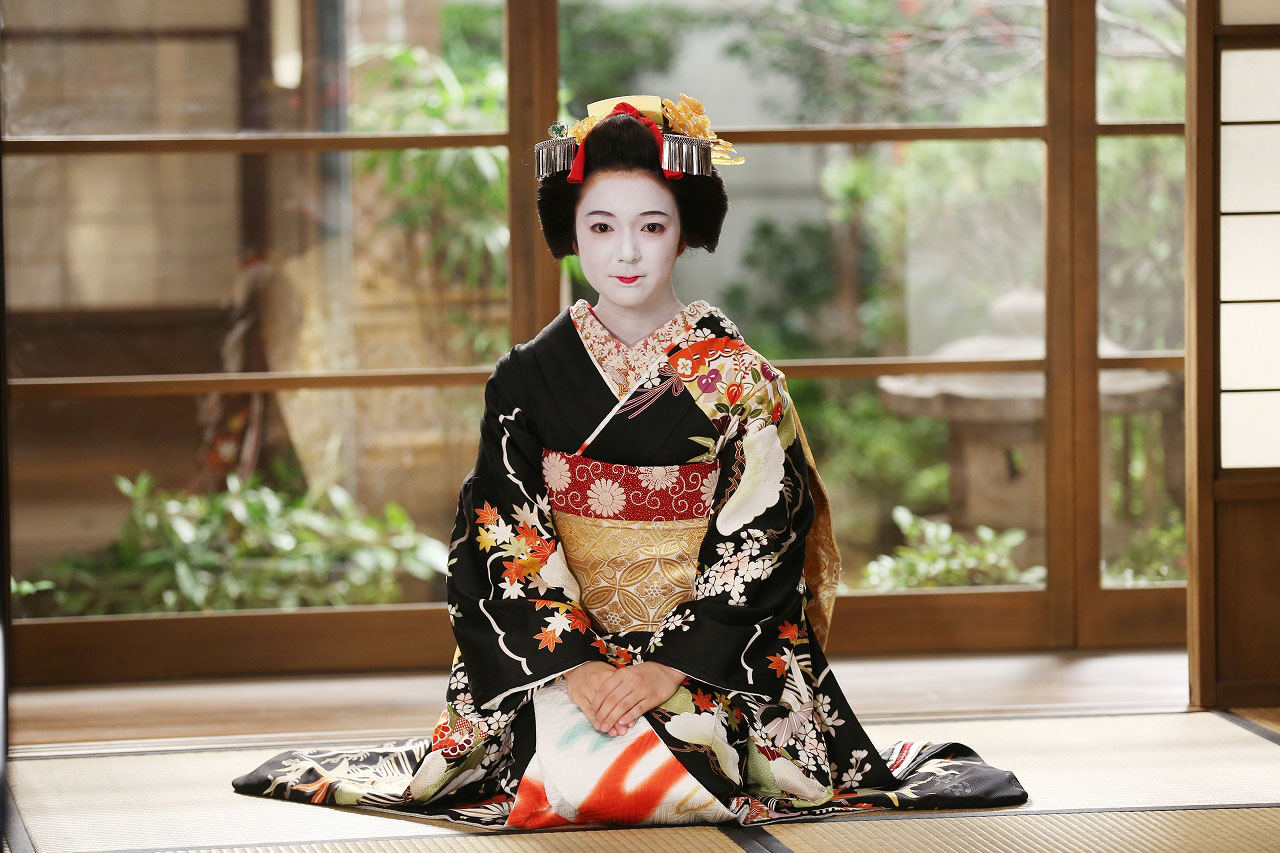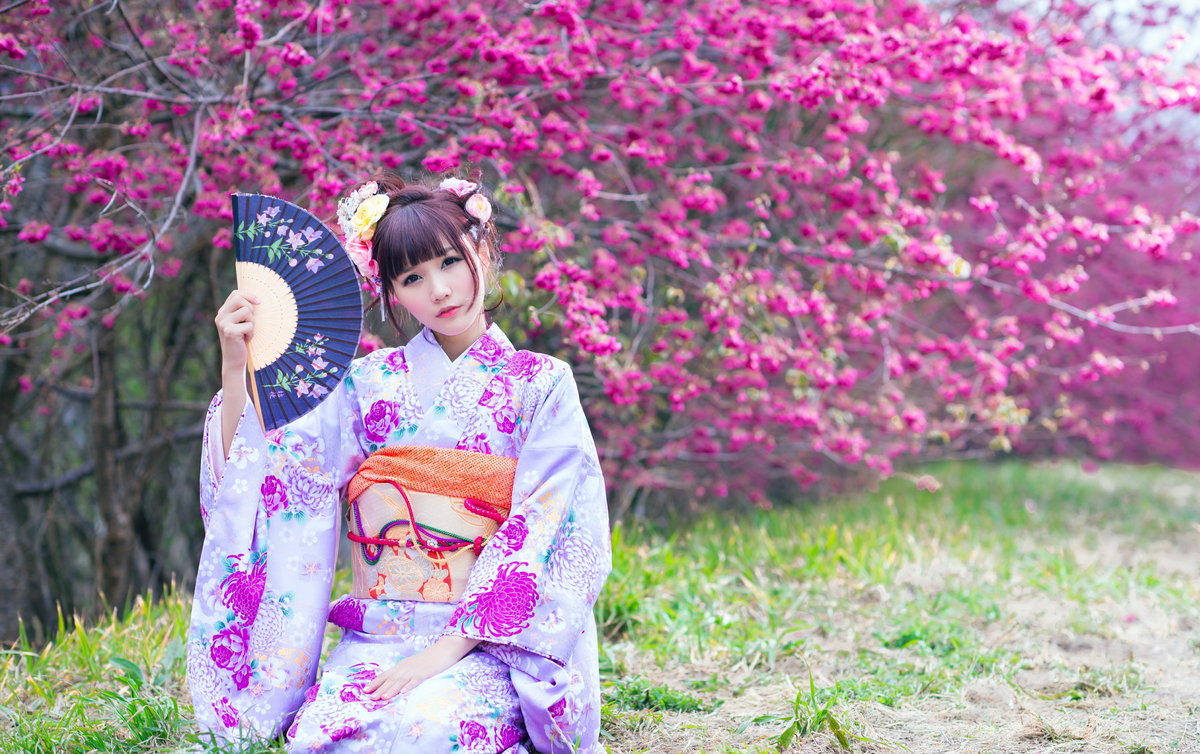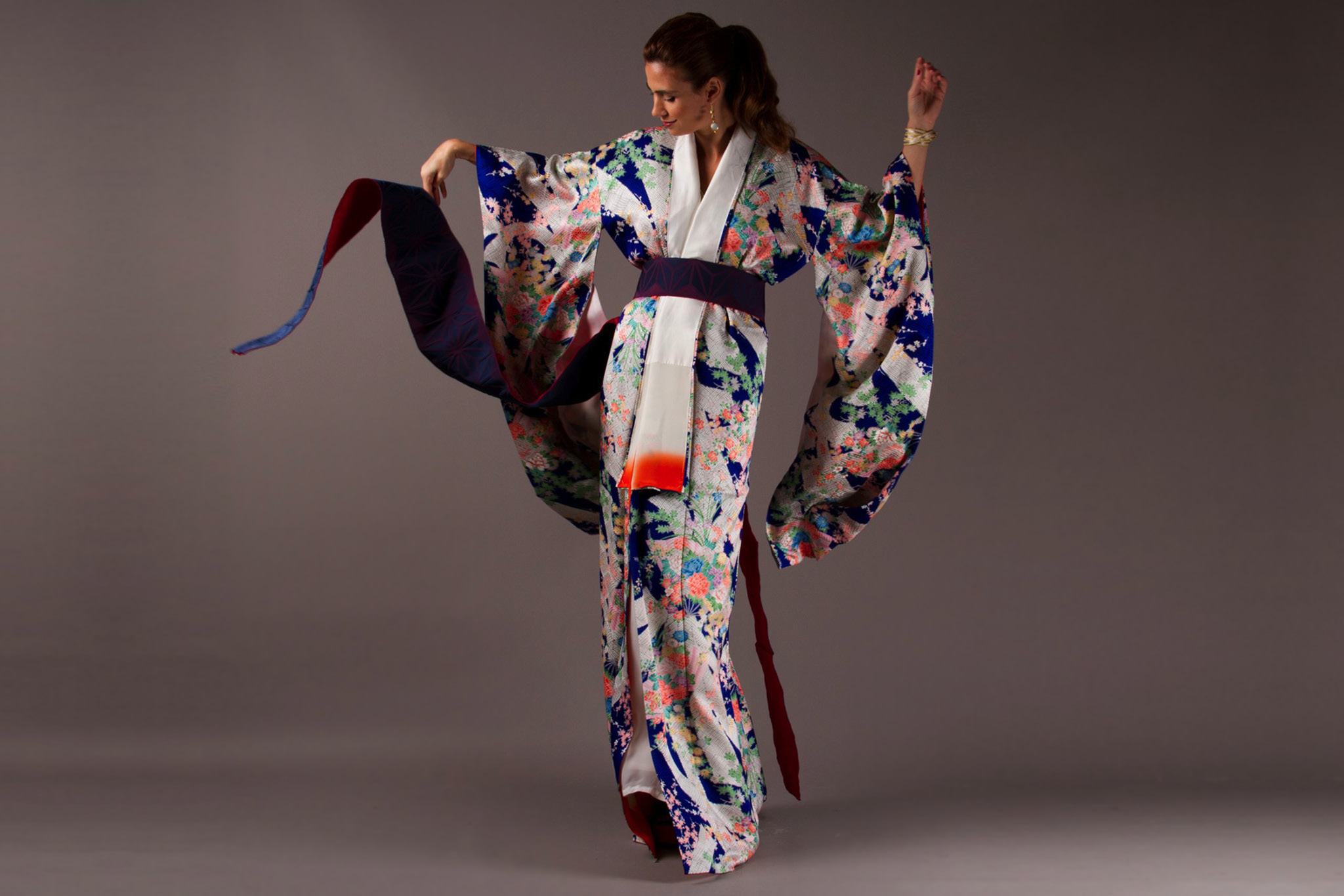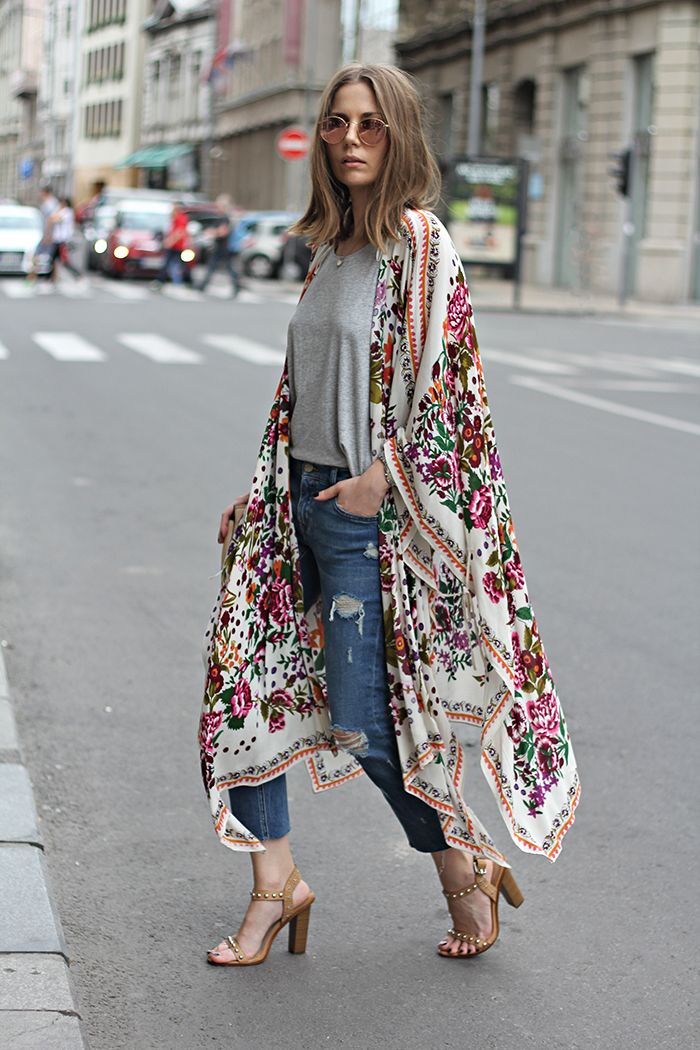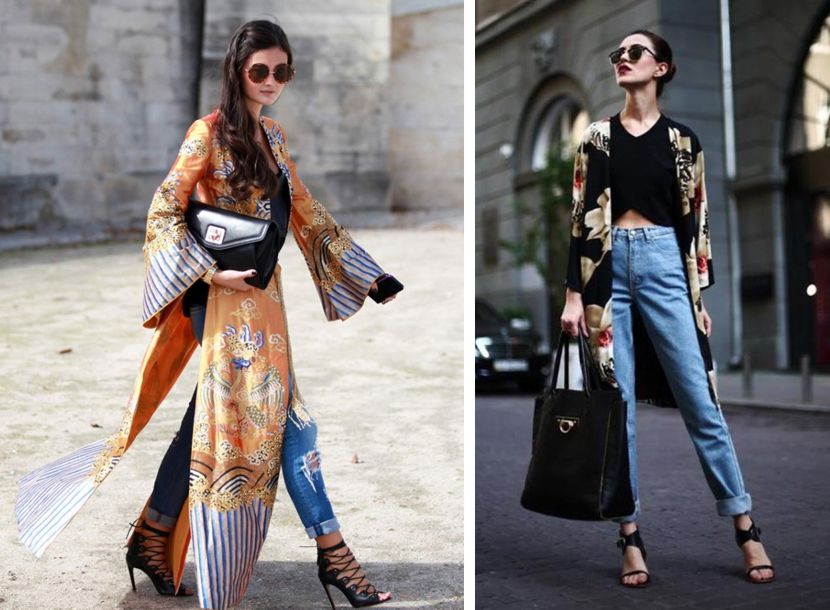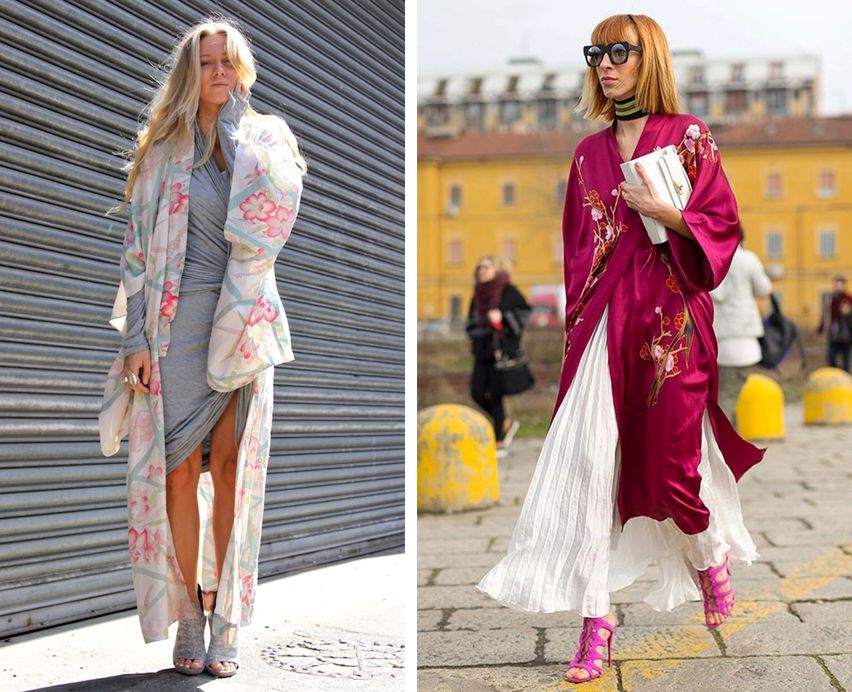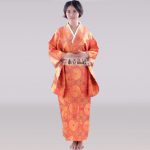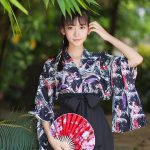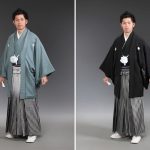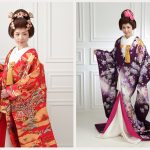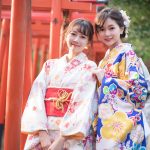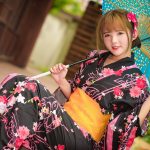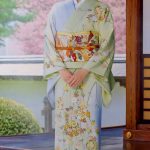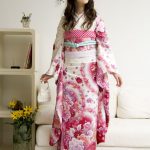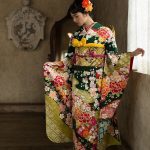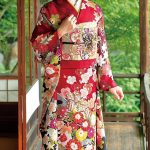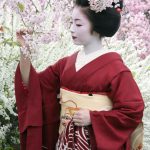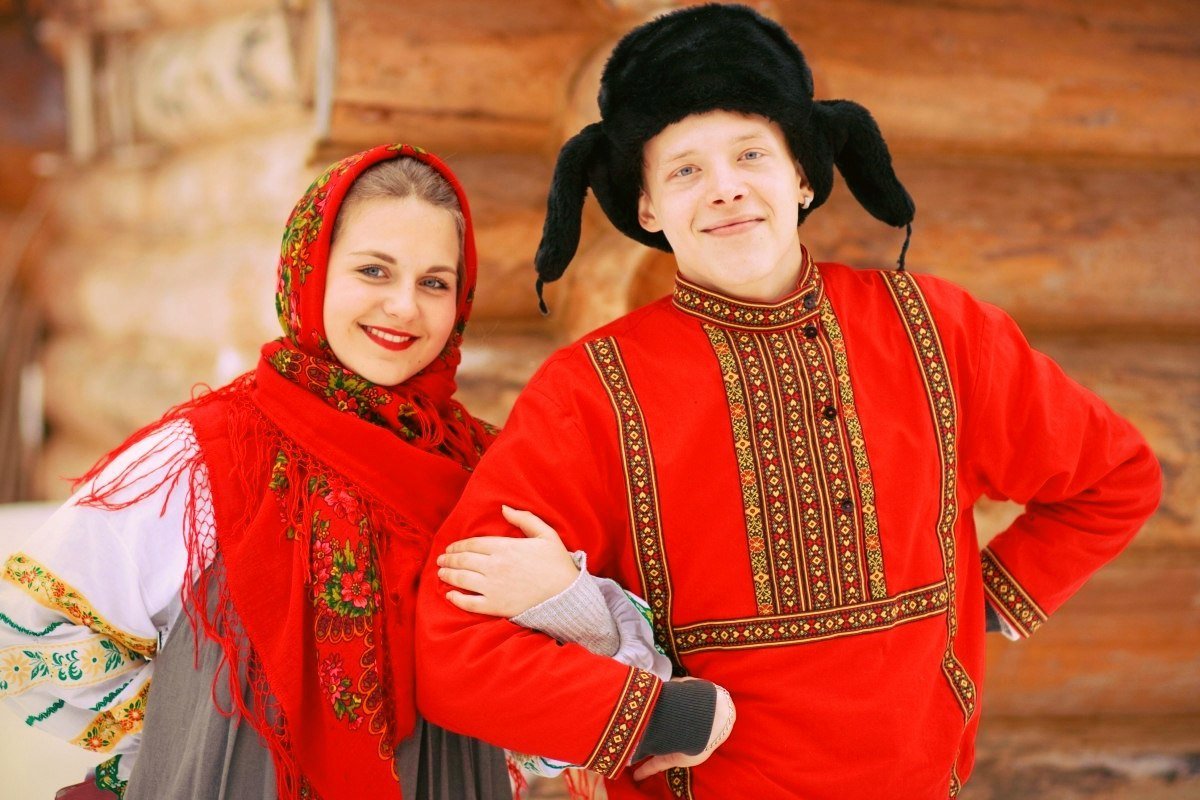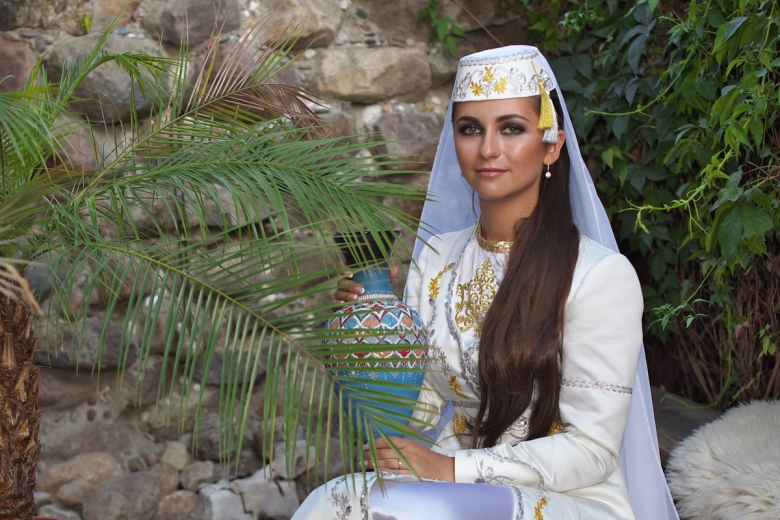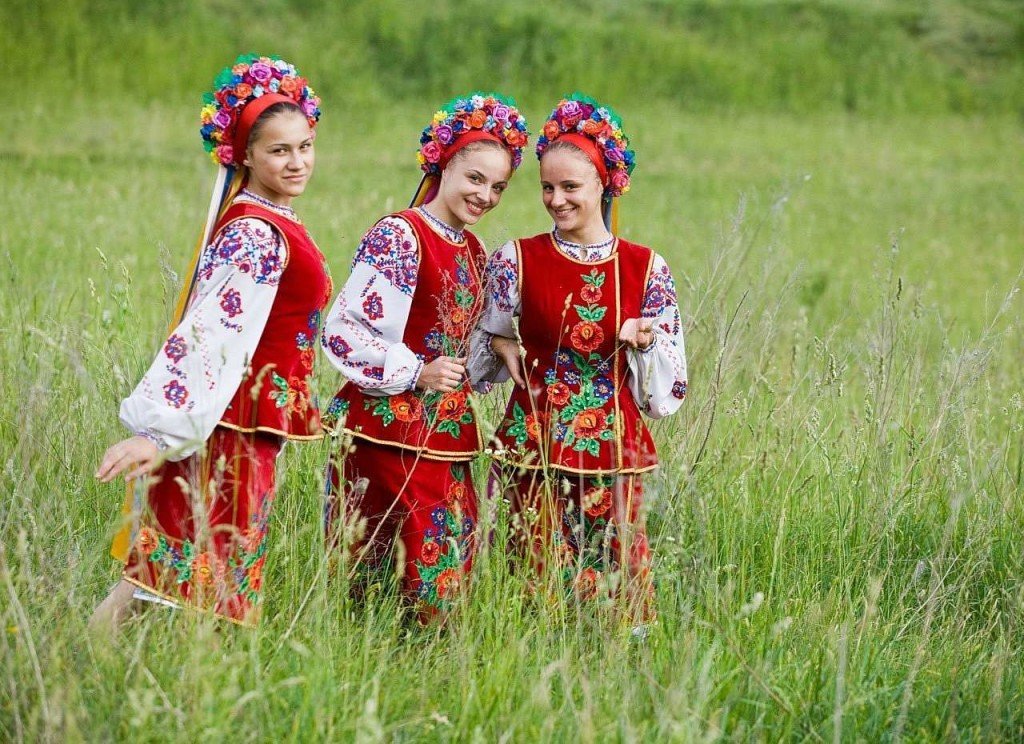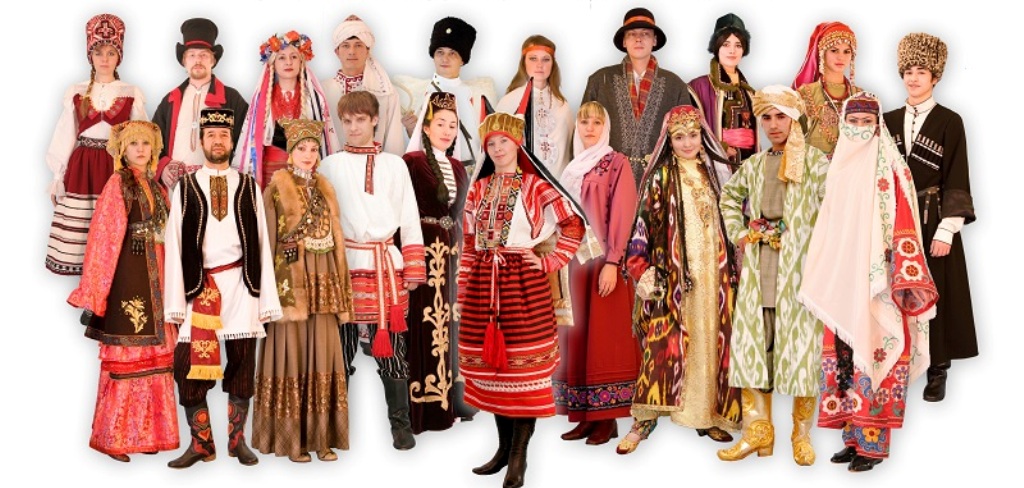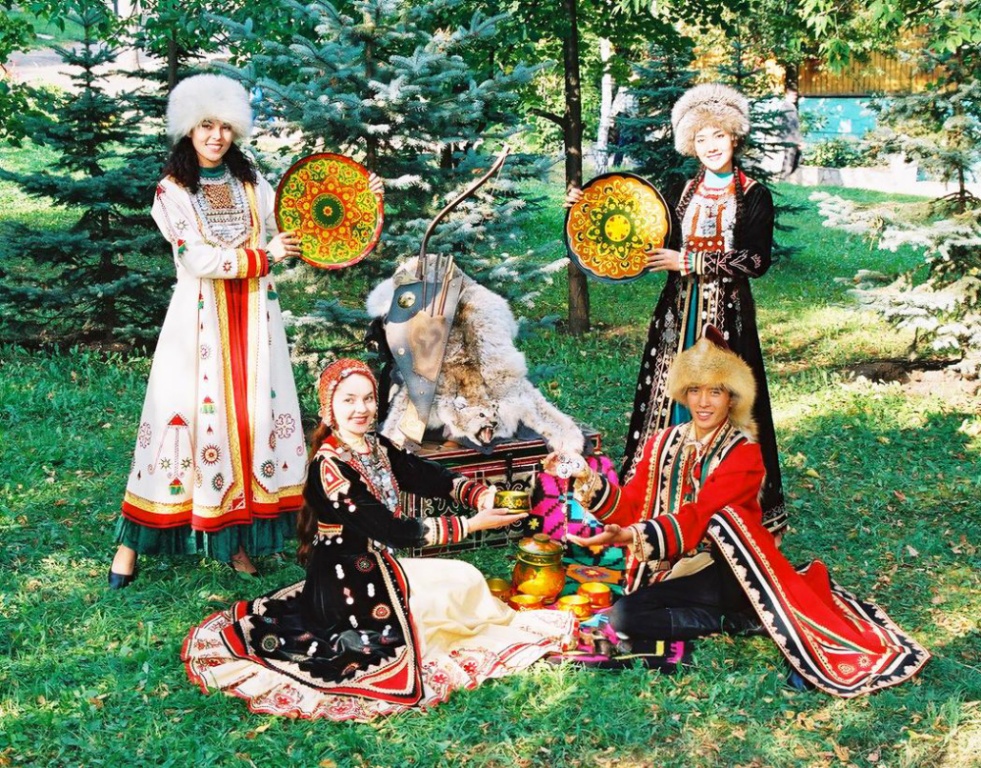An integral part of the culture and traditions of Japan is national clothing. It is truly its symbol, along with samurai, tea ceremony, and blooming sakura. And although it is increasingly rare to see a woman or a man dressed in a classic Japanese kimono on the streets of Tokyo and Osaka, no formal event is complete without it. From era to era, the outfit has undergone various metamorphoses. But from the end of the 19th century to the present day, its form and symbolism have remained largely unchanged.
Features of the cut
Kimono in Japan is worn by men and women. Children also wear it. This national clothing has many features, including cut. The main one is the geometric lines of the T-shaped model, which are not adjusted to a specific figure. This applies to both the length and width of the garment.
In fact, a kimono dress is a long silk wrap-around robe with large sleeves, which is secured with a wide obi belt with a lush bow on the back. The belt for the male version is much narrower than the female version, tied almost at the hip line. The kimono emphasizes only the shoulder line and waist of the owner, hiding the figure and masking its possible flaws. In the process of dressing, the outfit is adjusted to a specific person by making special folds, secured with the help of obi.
The Japanese garment is cut from a single piece of fabric 40 cm wide and 9 to 12 meters long. Two of the four strips cut out cover the body, and the remaining two are used to make the sleeves. Small strips are used for the main and false collars. Two narrow strips are cut out to decorate the right and left edges of the kimono in front (okumi). All the details are rectangular in shape without any rounding.
The peculiarity of wearing a kimono is that it wraps around the right side. Therefore, the left front part of the dress is always on top, and the right one is inside, closer to the body.
The sleeves of a kimono look like a bag. For men, it is sewn into the garment, and for women, there is an underarm opening – furitsuyakuti. The sleeve length can be different. For example, for an unmarried girl or a future geisha (maiko), it should be 1 m. The cut of a child's kimono is a little simpler to make it easier to put on a baby. It looks more like a quilted robe, brighter in color than an adult's.
The materials of traditional Japanese kimono are silk and satin. Most often, fabric is painted by hand. The patterns, their location, and the color of the clothing should correspond to the age, gender, social status, and the event to which it is worn. Prints also depend on the season. For example, in winter, pine trees and bamboo are depicted, while spring kimonos are decorated with sakura flowers.


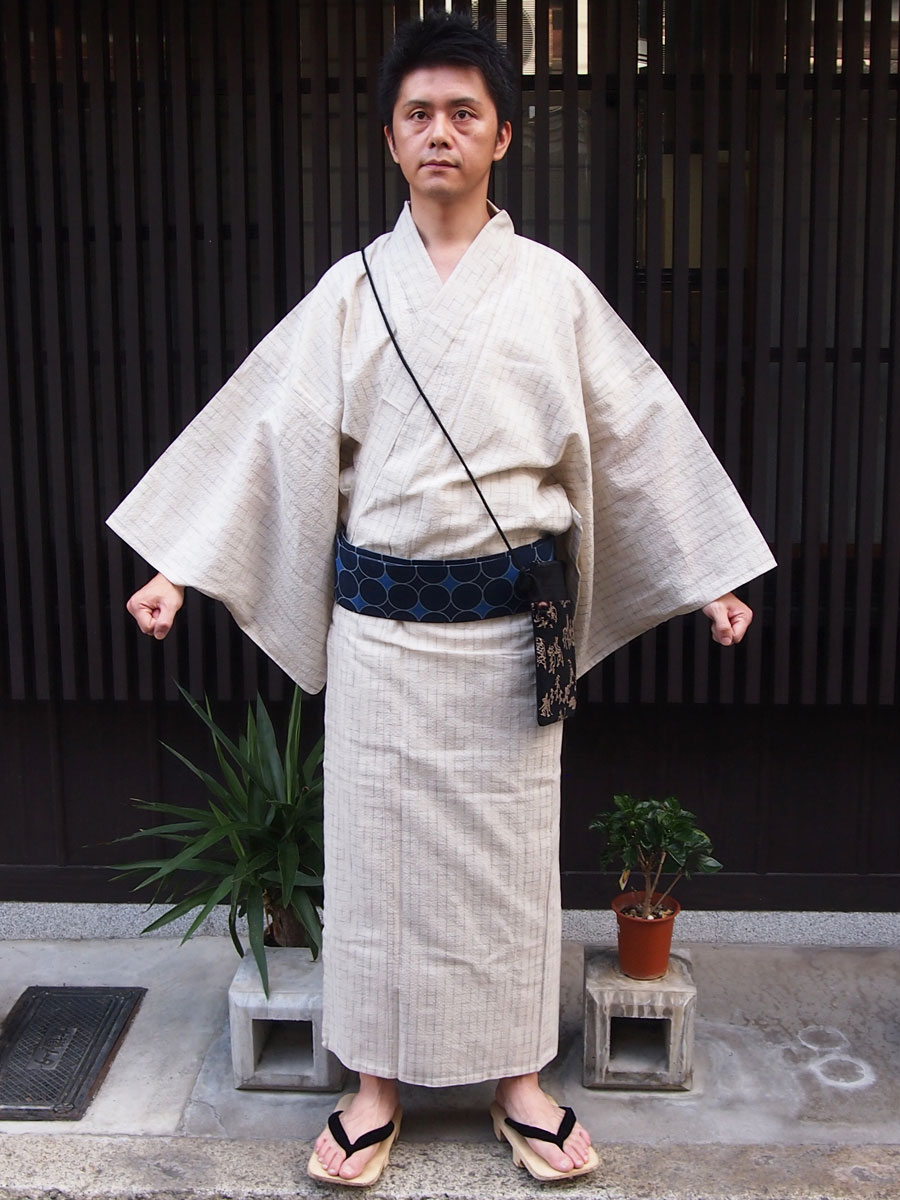
Varieties
It is very difficult to choose clothing that will correctly correspond to the occasion, status, age, marital status, traditions. After all, there are many varieties of this national clothing, especially women's. The main types of kimono:
- Homongi is a dress for formal events and high-style receptions. The shoulders and sleeves are decorated with patterns. Both married and unmarried ladies can wear it.
- Iromuji is a plain robe for the tea ceremony. The fabric may have a woven jacquard pattern called "rinzu".
- Tomesode is the most formal attire for a married woman, with a design below the waist or along the hem. A variation of this is the kurotomesode, which is black and has five kamon crests (family crests) and is worn by the mothers of the bride and groom at weddings.
- Furisode is a formal kimono for an unmarried girl with a sleeve train length of up to 1 meter. It can be seen on bridesmaids during a Japanese wedding or on maiko - geisha apprentices.
- Komon is an outfit with a small pattern. Suitable for walks, visiting a restaurant.
- Edo komon - polka dot kimono. In the past, it was worn mainly by samurai. Nowadays, if it has coats of arms on it, it can be used as clothing for receptions.
- Mofuku is a black mourning outfit reserved for the immediate family of the deceased. Others present at the ceremony may wear iromuji with black elements.
- Susohiki is a kimono with a long train worn by geishas and used to perform traditional dances.
- Yukata is a summer version of the national dress made of linen or cotton. It is unofficial.
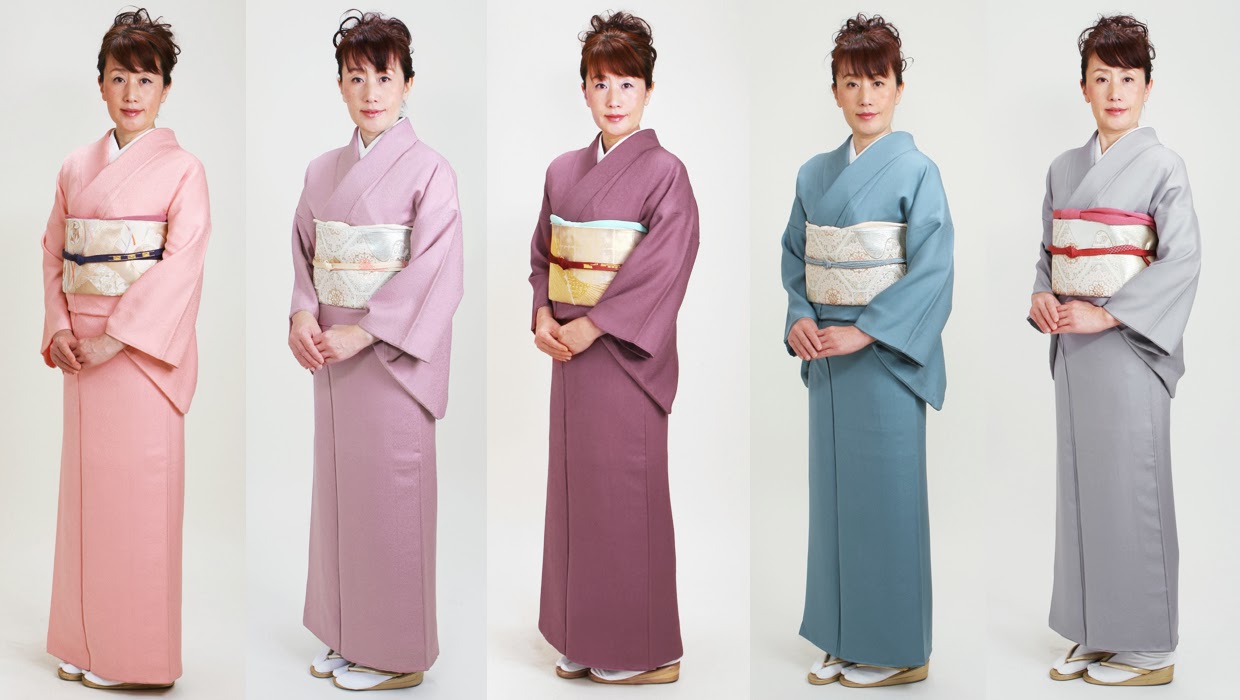
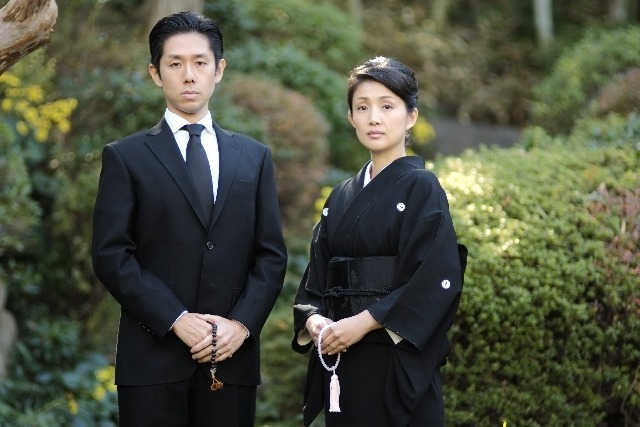

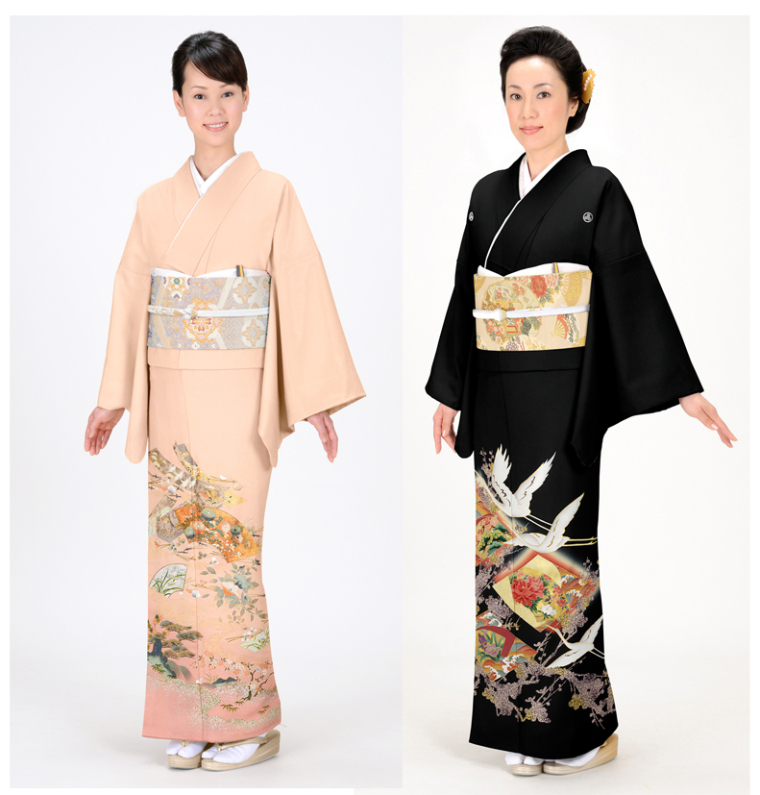
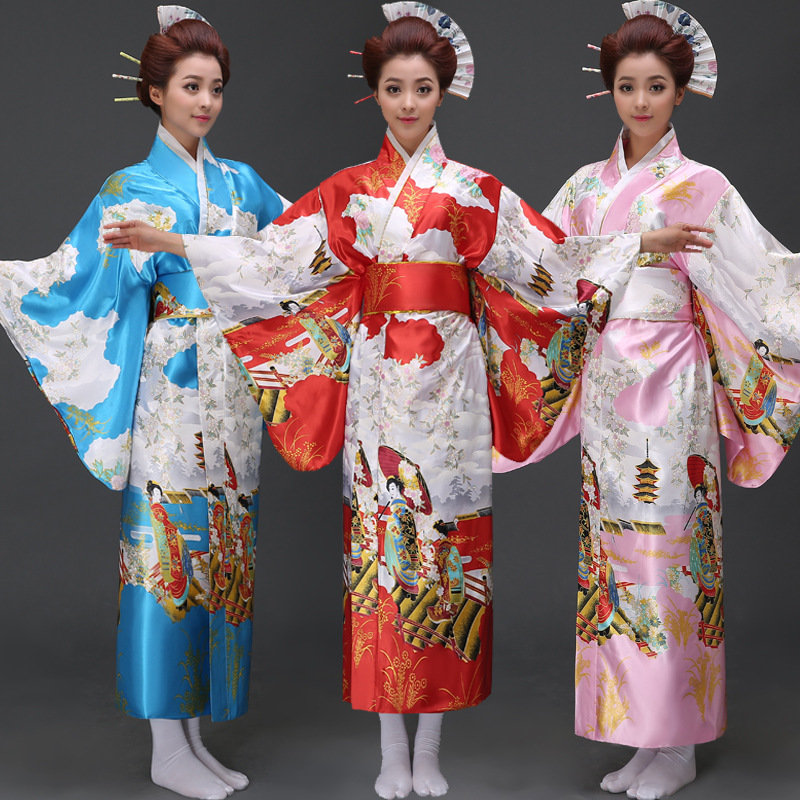
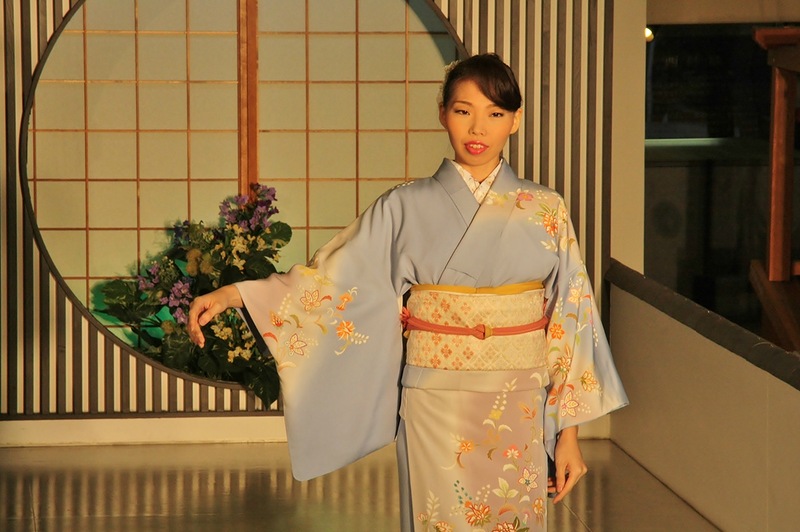
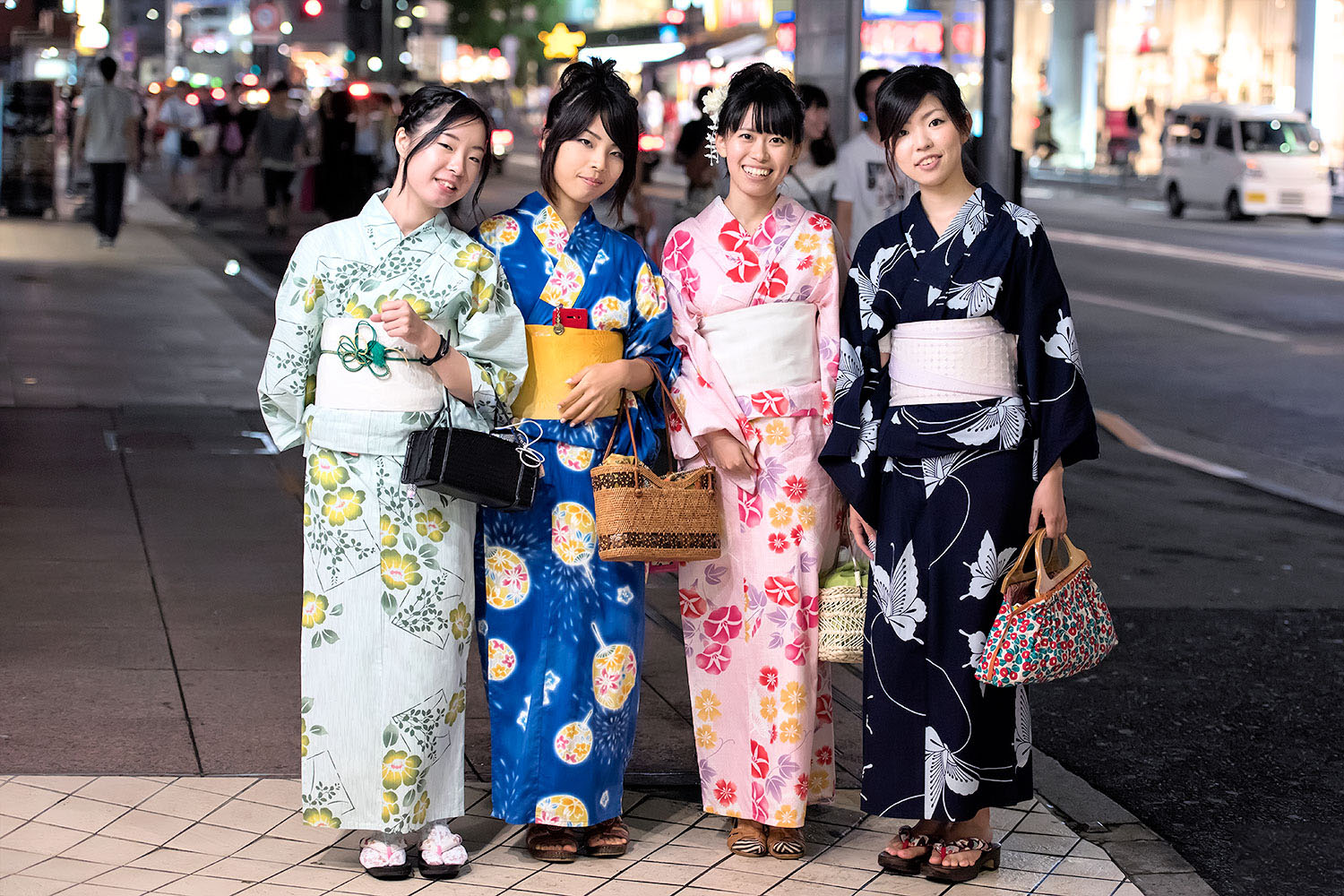
Classification by purpose
The Japanese robe for representatives of different sexes differs significantly in color, cut, components, national symbolism. Men's kimono in modern Japan can be only a few restrained dark colors: blue, black, green, brown. The fabric used is without shine, matte. The pattern can be small, printed.
A formal male kimono must have five kamon. A dress with three crests is considered less formal. Often the outfit is complemented by a hakama - wide pants or a skirt, and a haori - a traditional jacket worn over the kimono.
The attire consists of five elements, excluding shoes. Therefore, a man can dress himself in a kimono without outside help.
A woman's kimono traditionally consists of 12 components. But in the modern world, such multi-layering is used in rare, special cases. For example, for a wedding or an important high-level official event. In everyday life, for walks, festivals, and restaurants, people most often wear a maximum of two layers or just a kimono with a false second collar.
The color of a woman's kimono plays an important role. The most formal is black with designs on the sleeves and below the waist. Geishas can afford to wear bright robes with scarlet lining. Young unmarried girls usually wear fully embroidered dresses in delicate shades of peach, pink, and blue. Everyday kimonos in discreet, beige, brown, and greenish shades are covered with small designs.
Japanese clothing for small children is much simpler than for adults. This brightly colored robe is sometimes remade from an old woman's or man's dress. It is usually quilted and does not have a complex design. For older children, a small copy of an adult outfit is sewn for special occasions, but in a richer color scheme.
Additional accessories and attributes
Supplements to the national Japanese clothing are: special underwear, several types of kimono that are worn under the main one, an obi belt, traditional shoes, and hair accessories. In order to put all this on correctly, especially for women, it is often necessary to resort to the help of specially trained people. They work at hairdressers, have a license, and can be called to your home. The main attributes of the traditional outfit are:
- Hadajūban and sasōeke, a thin shirt and bloomers worn by women as underwear, can be joined together.
- Nagajuban (juban) - a long shirt, similar in cut to a kimono, worn under the outer garment to prevent sweat and dirt from the body from getting on it.
- Hakama are pleated wide trousers. The female version is in the form of a skirt.
- Haori is a special jacket worn over a kimono. Together with hakama it gives formality to the outfit. It is secured with a special cord called haori-himo.
- Kanzashi or kanzashi are Japanese decorations, hairpins, hair pins. The art of making kanzashi is national, handmade. The decoration motifs often echo the patterns on kimonos.
- Tabi are socks with a separated big toe to make it easier to wear zori.
- Zori are leather or fabric sandals (resembling flip-flops).
- Geta are wooden sandals, usually worn with yukata.
- Okobo are high shoes that girls (mostly maiko or geisha) can only walk on with small steps, otherwise they risk falling.
- Waraji - straw sandals - are the traditional footwear of priests in temples.
- Obi is a wide belt for an outfit.
- Kosihimo - ties for easier putting on of clothes.
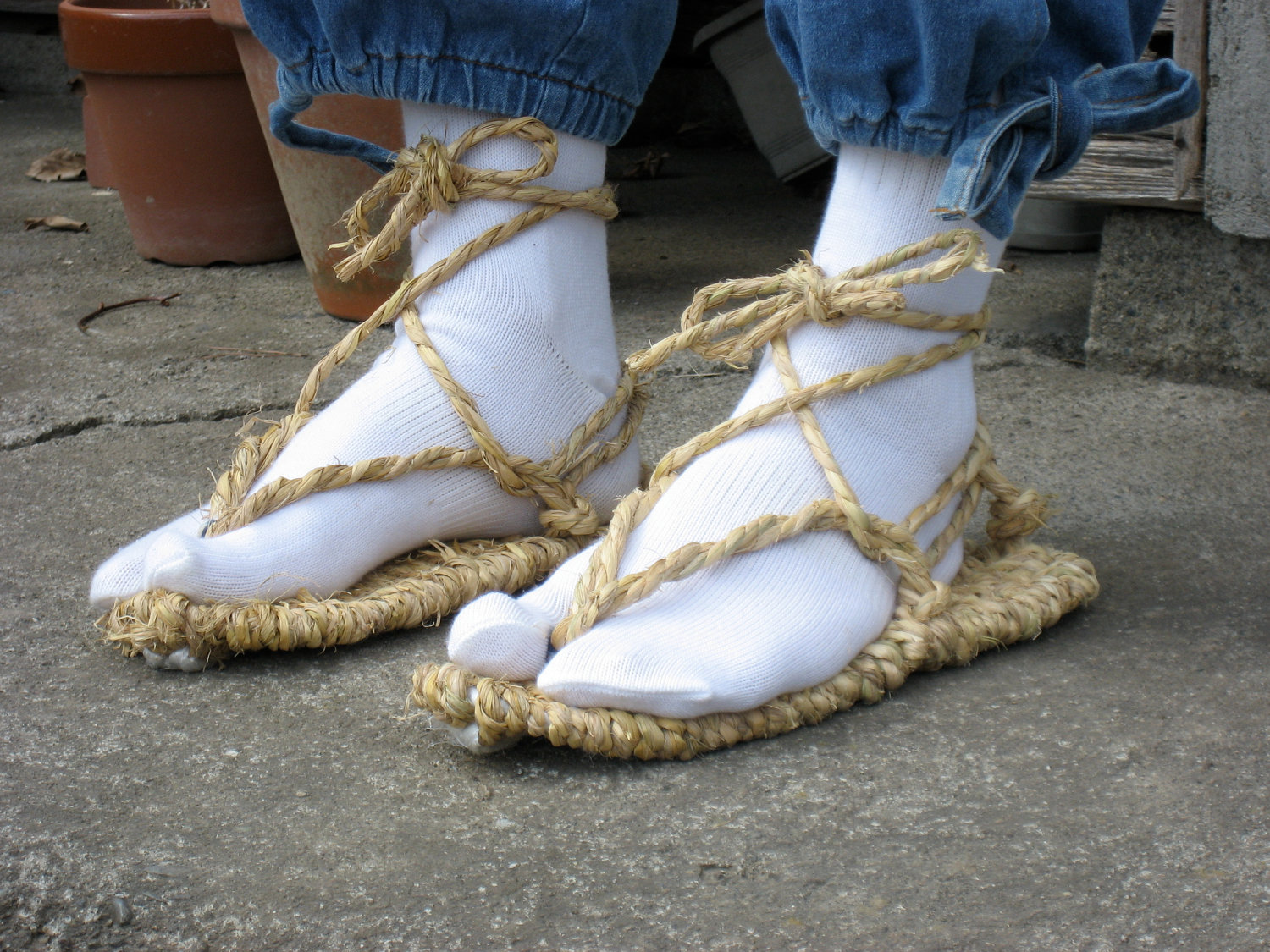
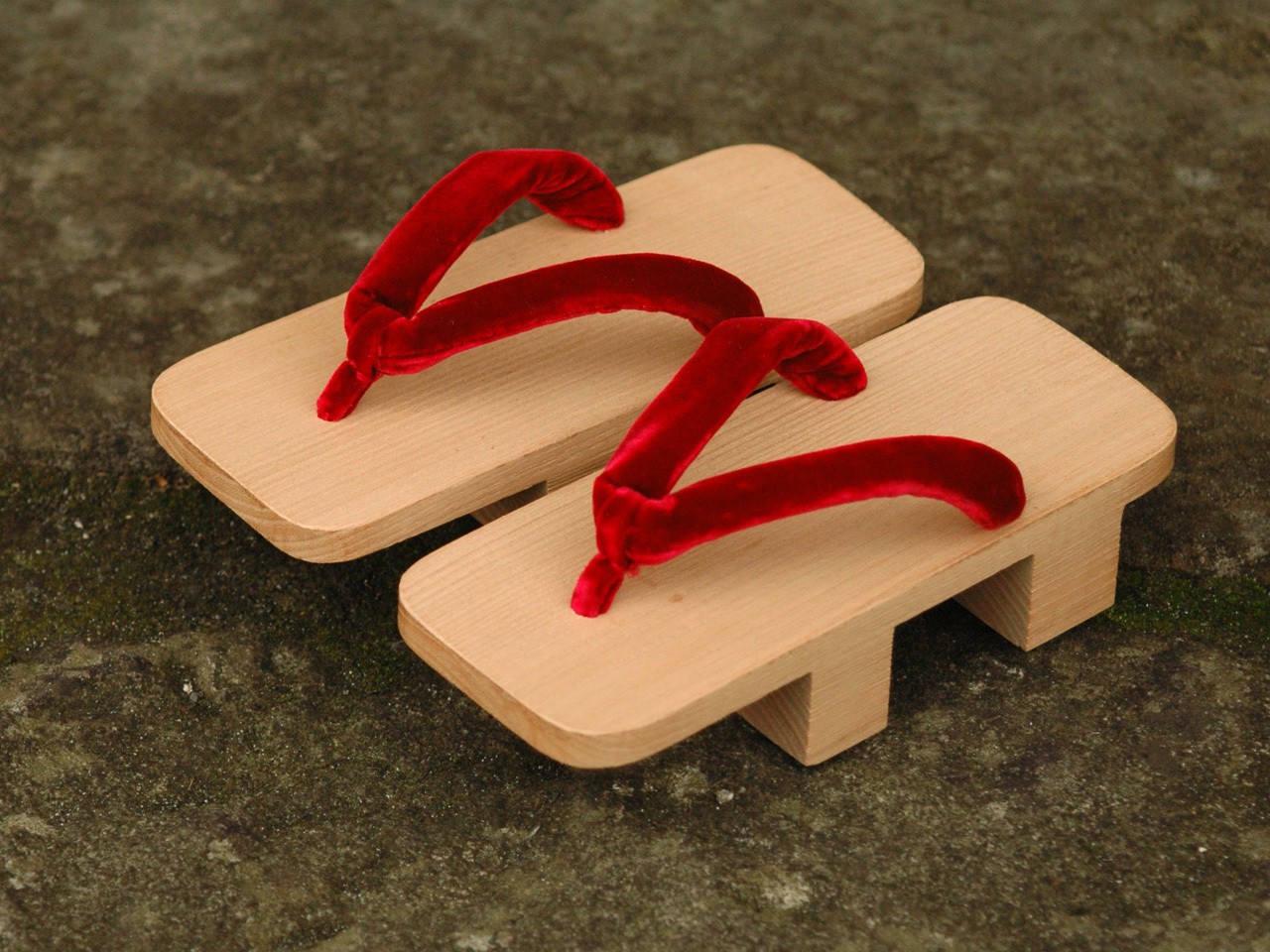
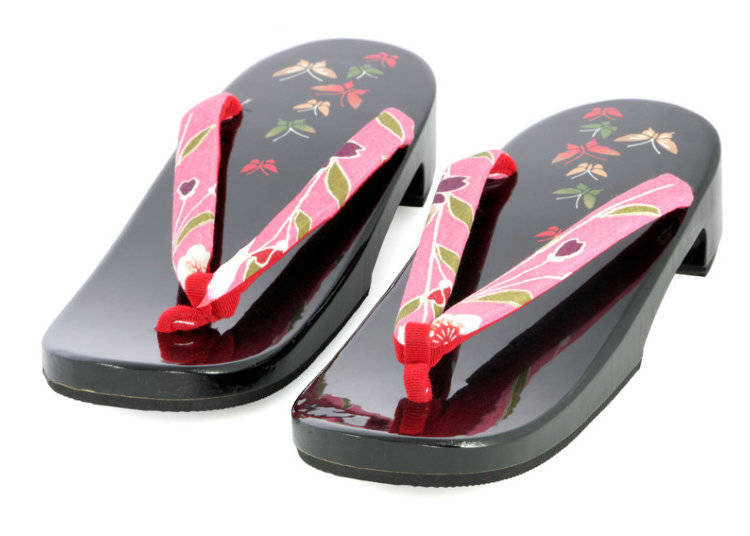

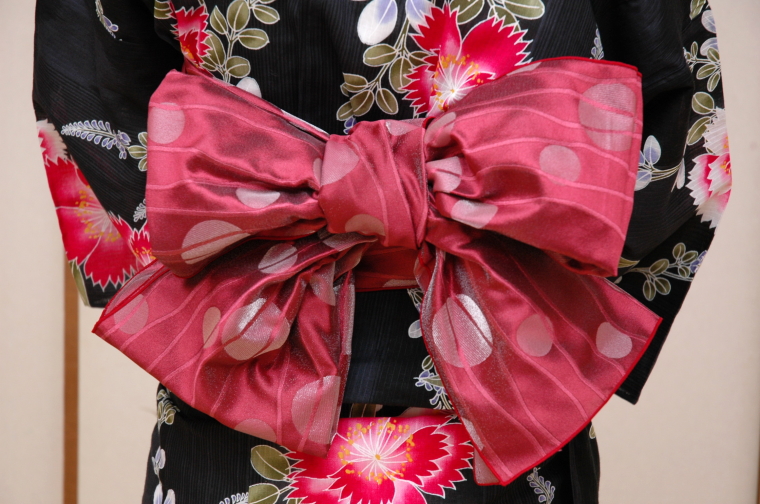
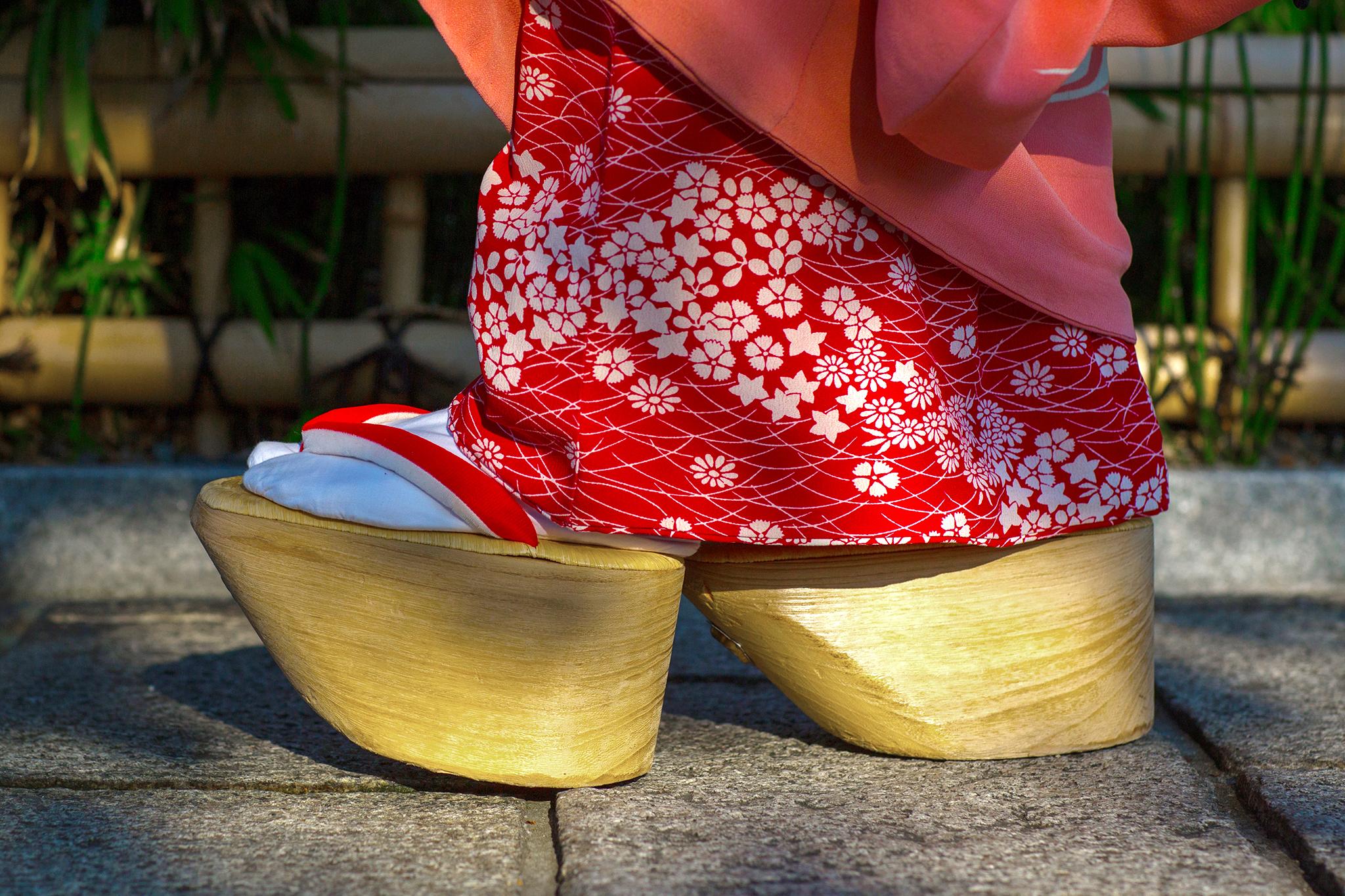
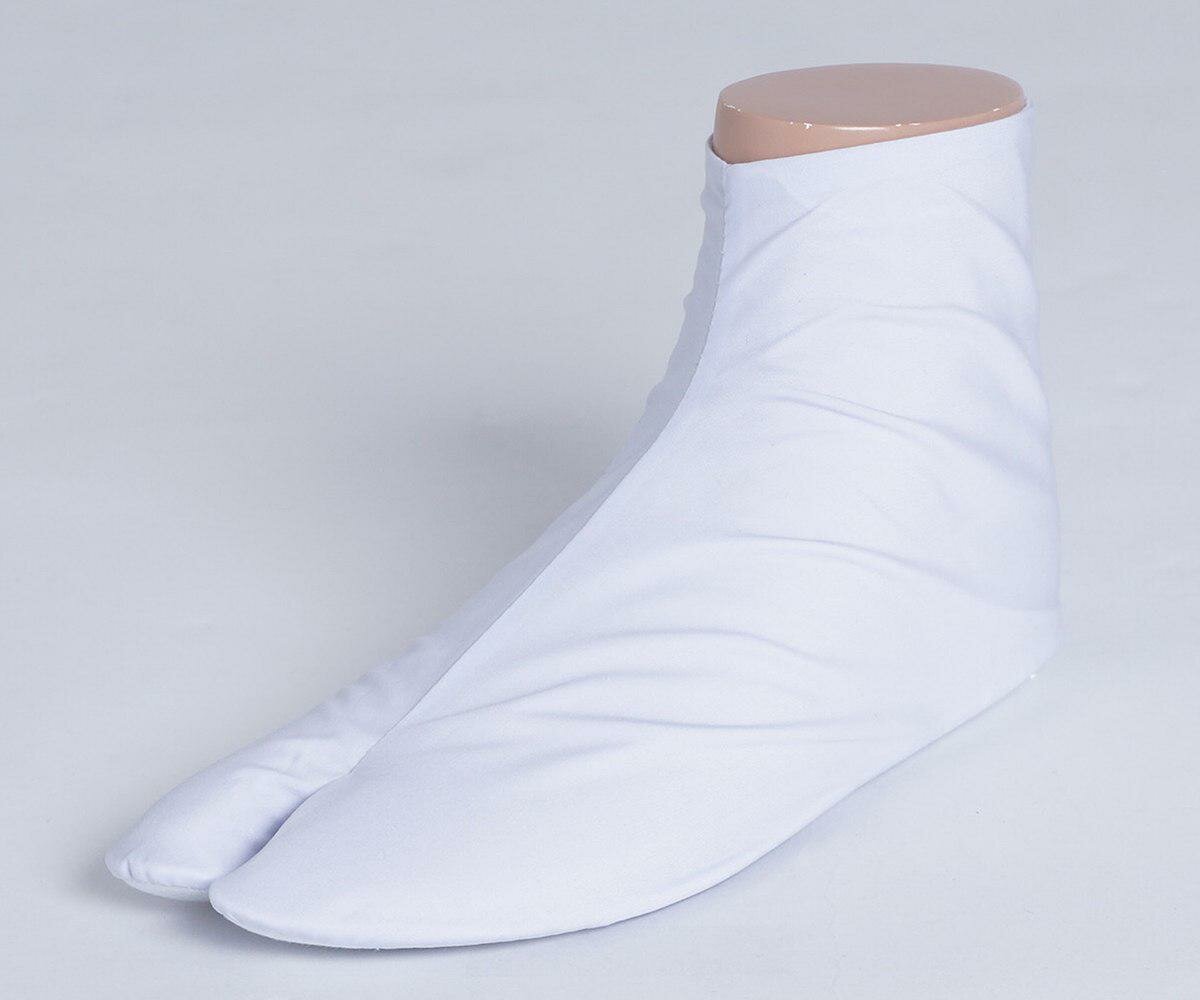
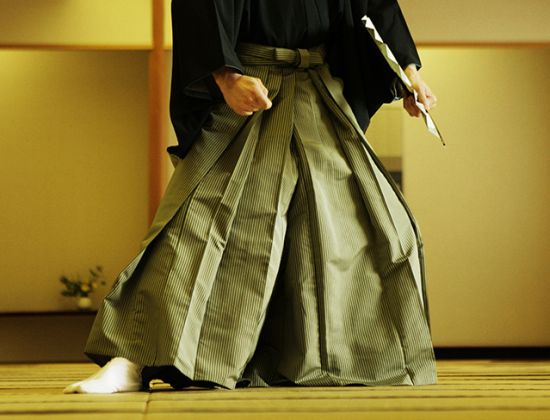
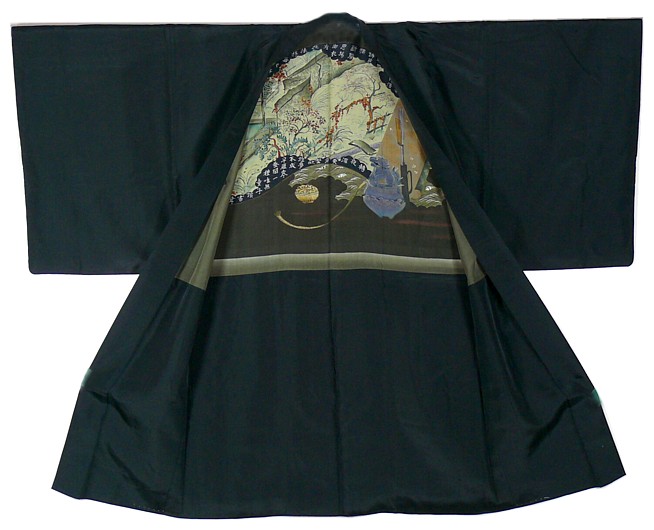
Modern looks with kimono
Fashion dictates new images. European girls happily put on a trendy thing - a kimono in the form of a spacious cape. Stylized dresses of different lengths help to create interesting multi-layered ensembles. This style of clothing is well suited to women with an "apple" or "triangle" body type, as it hides the flaws. A cape or blouse of a kimono cut goes well with jeans, shorts, skirts, dresses, T-shirts. Sneakers, trainers, sandals, pumps, loafers fit perfectly into the image. On this basis, you can create both a business and an evening image, complementing it with stylish accessories - massive earrings, a belt buckle, an original bag.
Japanese fashion designer Jotaro Saito creates modern kimonos, combining traditions with the latest developments. He uses a mix of textures, fabrics, traditional and modern patterns, interesting colors and shades in his models. Very often, modern Japanese kimonos and clothes based on them are presented by the fashion house Kenzo. In one image, fashion designers seem to combine the past and the future. All these things are always popular.
Video

